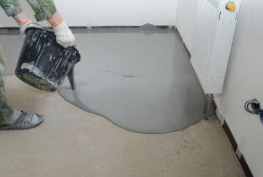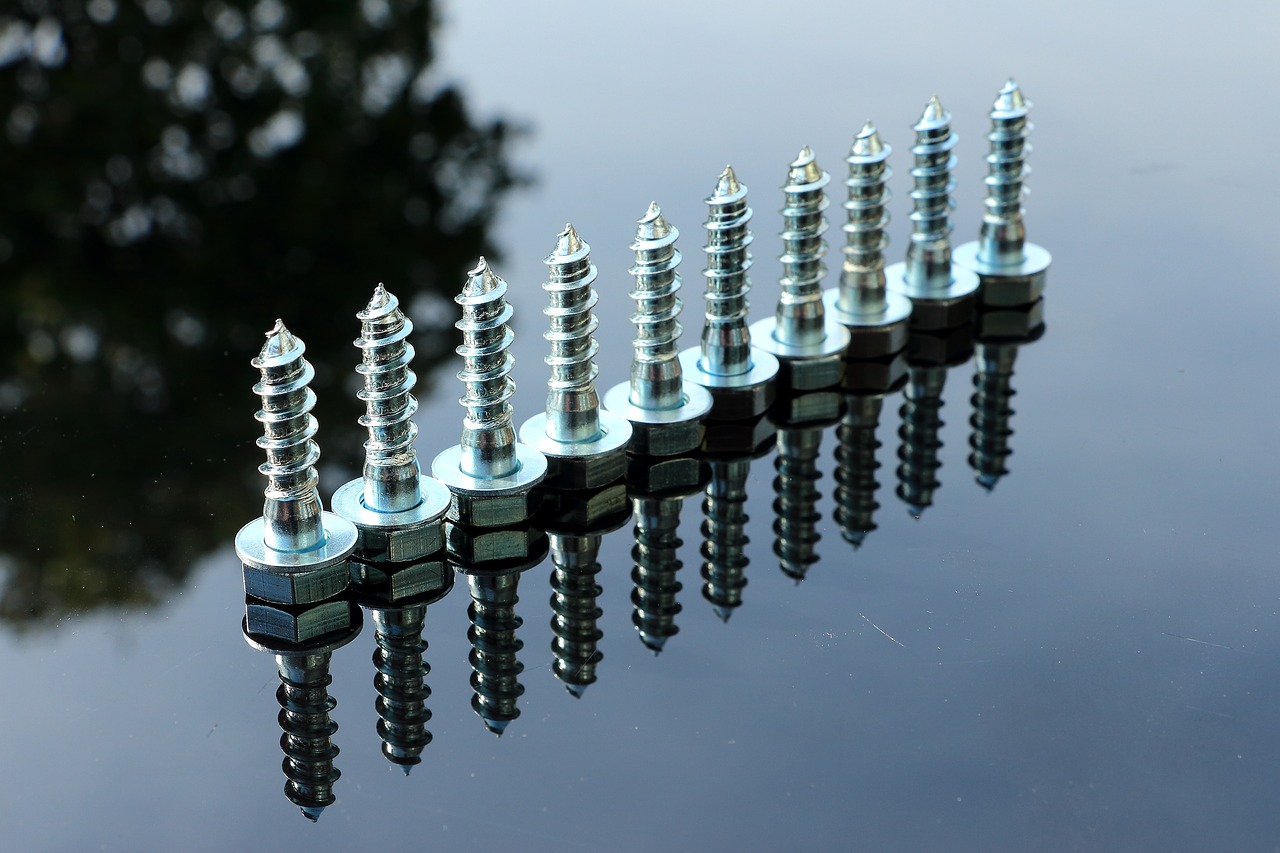Thinking of applying a coat of epoxy to a surface in your home in Canada? You need to first have an idea of the amount of epoxy you would need for the project. Measuring the right amount allows you to achieve what exactly you need to be done. Also, it would allow your work to have a uniform look and look well aligned. But how much epoxy is enough for a seal coat? The answer to that depends on a lot of things, including the area of the surface you are applying the coat on, the type of surface, and some other factors. But before we go into that, let us look at what a seal coat is.
What Is An Epoxy Seal Coat?
An epoxy seal coat is a layer of epoxy that is first added to a surface to prepare it for the final epoxy layer. This seal coat is added to lock in air bubbles and prevent them from appearing in the final layer as it could ruin the appearance and also prevent it from bonding properly. A seal coat is applied with a brush directly on the surface. More than one seal coat can be applied until it is certain that there would be no chances of air bubbles appearing in the final epoxy layer.
A seal coat is usually applied to wood or other porous surfaces. As all materials are different, it would be necessary to inspect the surface you are working with to be exactly certain on whether you need a seal coat of epoxy or not. Even laminated surfaces might require just a layer of seal coat just to eliminate any risks of having air bubbles appearing in the final epoxy layer.
How Much Epoxy Would Be Needed For A Seal Coat?
Like we noted above, knowing the amount of epoxy needed for a seal coat would be affected by the kind of project you are embarking on. Some of the factors include
The porosity of the surface
If the surface you are working on is very porous, like wood, then you would need more epoxy to be able to properly seal it to prevent air bubbles from escaping. You may have to apply it more than once, checking to see if it is properly sealed.
The dimension of the surface
This is quite obvious. The wider the surface, the more epoxy you would be mixing. If you are using the seal coat on a wooden board, then you would need only a small amount of epoxy compared to if you are using it on a much wider surface.
A seal coat is meant to have a thickness of 1/32 inch which allows it to attract air bubbles and trap them faster than a thicker, final coat that has a thickness of 1/4 or 1/8 inch. That is why a seal coat is very important. Here are some things to keep in mind when using a seal coat.
If you are going to use a seal coat before the final epoxy layer, you should avoid mixing all the epoxy all at once. This would only result in wastage as the epoxy for the final layer would have cured up as you apply the seal coat. Instead, leave some epoxy to mix for the final layer while you use only a lesser quantity for the seal coat.
If more than one seal coat is required, then you can mix more epoxy until the whole surface is covered and properly sealed. This is something you have to keep in mind as you purchase epoxy for the project as you have to buy more than you need to provide for the one you would use as a seal coat.
When using a seal coat, you must leave it to cure properly overnight and under-regulated temperature. Make sure that it is well cured before you apply the final layer.
Use a soft brush to apply the seal coat to surfaces. This brush should be able to reach grooves and knots on the surface to make sure that everywhere is evenly coated and well-sealed.
As we have seen, knowing how much epoxy you require for a seal coat depends on several factors but you should prepare well for your project. The most important thing is to make sure that you have epoxy for the work you need to do. You can then use as much epoxy as you want to seal the surface you want.









